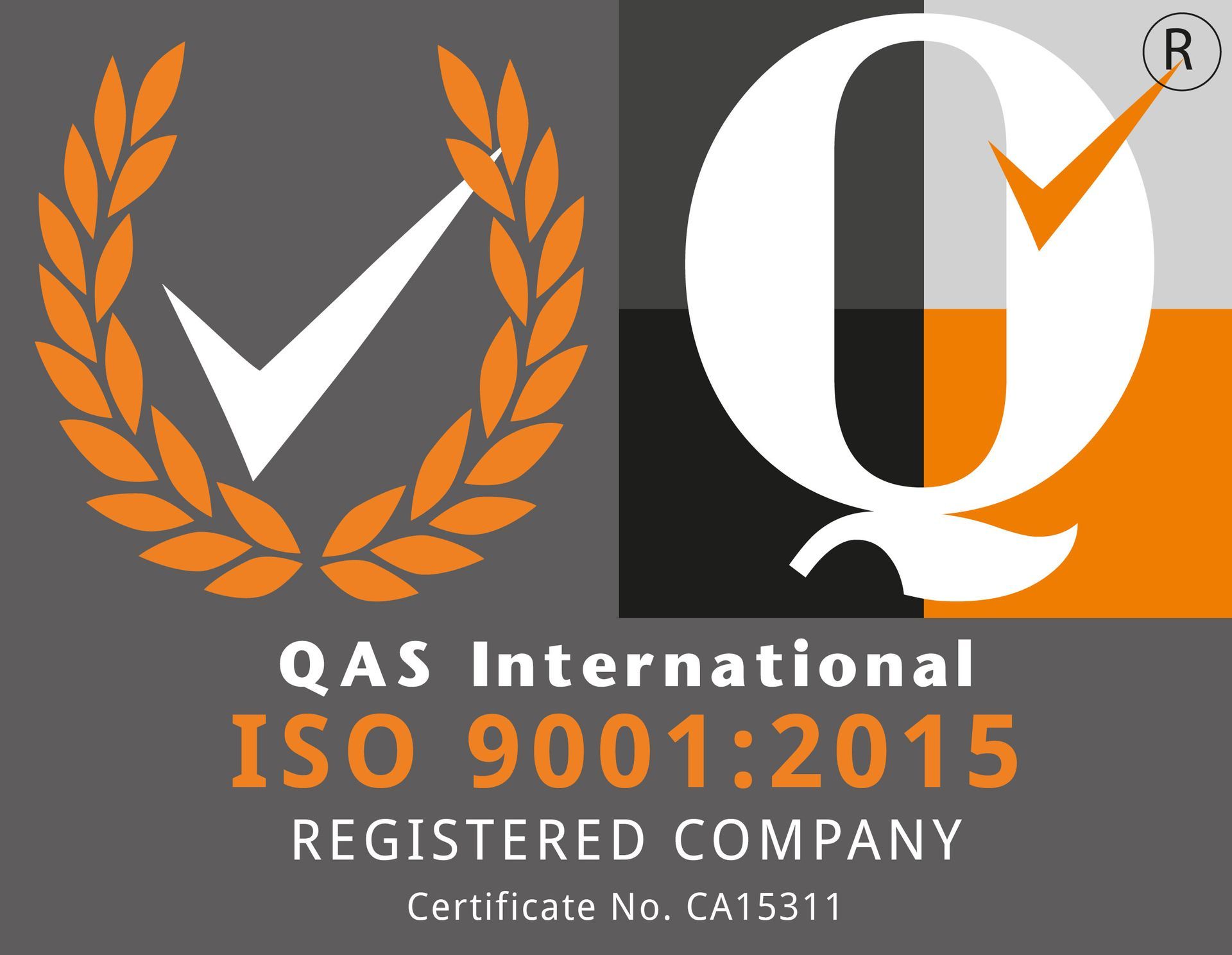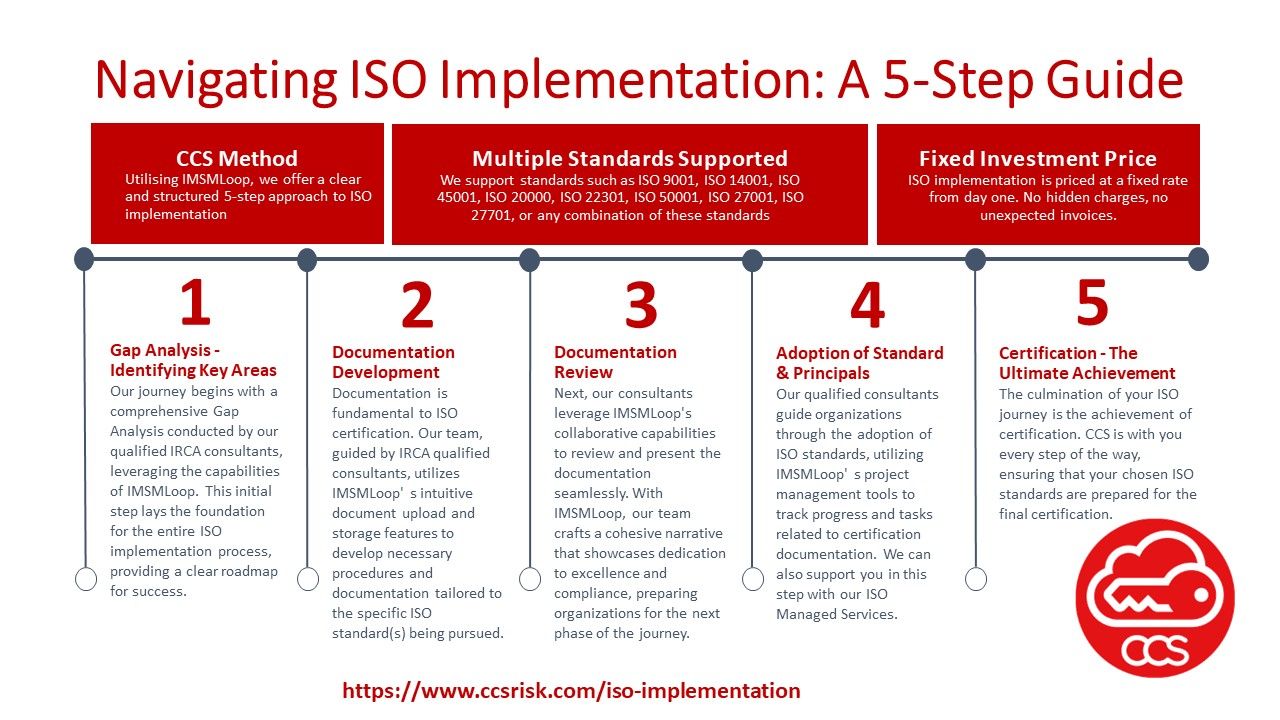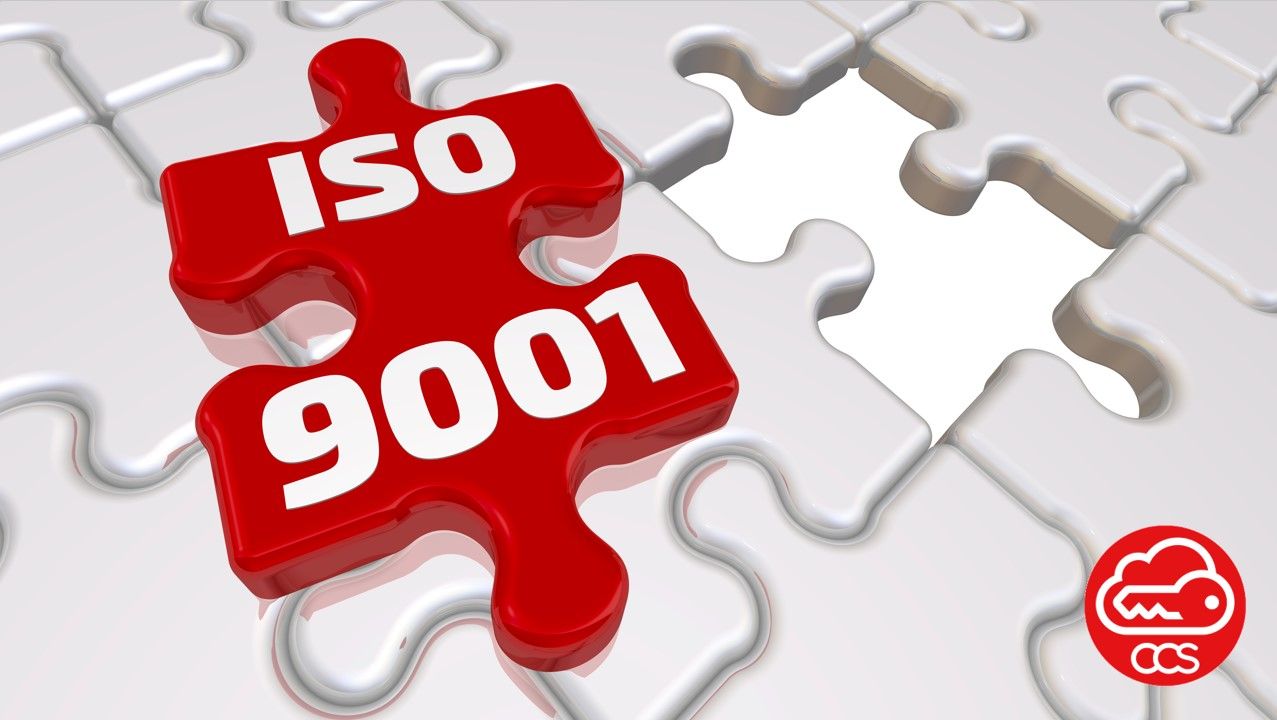Enhancing Workplace Safety:
The Power of ISO 45001 in Reducing Accidents and Injuries
Ensuring a safe and healthy work environment is not only a moral imperative but also a strategic decision for businesses. Workplace accidents and injuries not only cause human suffering but also lead to financial burdens, legal complications, and a negative impact on overall productivity. In this article, we will explore the profound benefits of implementing ISO 45001, the international standard for occupational health and safety management systems, in reducing workplace accidents and injuries.
- Systematic Risk Assessment and Hazard Identification:
- ISO 45001 provides businesses with a structured approach to identifying and assessing workplace hazards. Through comprehensive risk assessments, organisations can proactively identify potential dangers and their associated risks. By having a clear understanding of these risks, businesses can implement appropriate controls, preventive measures, and safety protocols to mitigate the likelihood of accidents and injuries.
- Employee Involvement and Participation:
- ISO 45001 emphasises the importance of engaging employees at all levels of an organisation in matters of occupational health and safety. By involving workers in hazard identification, risk assessment, and the development of safety procedures, businesses create a culture of safety ownership. This collaborative approach fosters a sense of responsibility among employees and increases their commitment to following safety protocols.
- Enhanced Communication and Training:
- Effective communication and training play a pivotal role in preventing workplace accidents and injuries. ISO 45001 mandates clear communication channels for sharing safety-related information, procedures, and instructions with employees. Furthermore, the standard emphasises the importance of providing comprehensive training programs to ensure that employees possess the necessary skills and knowledge to perform their tasks safely.
- Continual Improvement and Monitoring:
- ISO 45001 promotes a culture of continuous improvement in occupational health and safety. By establishing performance indicators and conducting regular audits, businesses can assess the effectiveness of their safety management systems. Data-driven insights obtained through these processes enable organisations to identify areas for improvement and take corrective actions promptly.
Implementing ISO 45001 is a proactive step toward creating a safe and healthy work environment that protects employees and enhances overall business performance. By adopting systematic risk assessment practices, promoting employee involvement, ensuring effective communication and training, and embracing a culture of continual improvement, businesses can significantly enhance workplace safety.
The transformative power of ISO 45001 lies not only in reducing human suffering and financial costs but also in cultivating a positive safety culture, improving legal compliance, and fostering a stellar reputation. By implementing ISO 45001, businesses send a clear message to employees, stakeholders, and the broader community that they are committed to providing a secure and healthy work environment.
What are the other main benefits of adopting ISO 45001?
- Improved Employee Morale and Productivity:
- Implementing ISO 45001 demonstrates a commitment to employee well-being, which fosters a positive work environment and boosts employee morale. When employees feel safe and supported, they are more likely to be motivated, engaged, and productive. Reduced workplace accidents and injuries contribute to higher job satisfaction, leading to improved employee retention rates and enhanced overall organisational performance.
- Cost Reduction:
- Preventing workplace accidents and injuries not only saves human lives but also reduces financial costs for businesses. By implementing ISO 45001, organisations can effectively manage risks and implement preventive measures, leading to a decrease in medical expenses, compensation claims, and insurance premiums. The cost savings achieved through accident and injury prevention can be redirected to other areas of the business for growth and development.
- Competitive Advantage and Market Differentiation:
- ISO 45001 certification provides businesses with a competitive edge in the marketplace. Many clients, partners, and customers prioritise working with organisations that prioritise occupational health and safety. By obtaining ISO 45001 certification, businesses can differentiate themselves from competitors, attract new customers, and strengthen existing relationships. ISO 45001 certification serves as a valuable marketing tool, highlighting a business's commitment to excellence and responsible practices.
- Regulatory Compliance and Legal Risk Mitigation:
- Complying with occupational health and safety regulations is essential for businesses to avoid legal penalties and reputational damage. ISO 45001 assists organisations in staying up to date with regulatory requirements, ensuring legal compliance, and mitigating the risk of fines and legal actions. By aligning with the standard, businesses can proactively address potential legal challenges and safeguard their reputation in the industry.
- Stakeholder Trust and Engagement:
- ISO 45001 certification enhances trust and engagement among stakeholders, including investors, shareholders, suppliers, and the local community. Demonstrating a robust commitment to employee health and safety reassures stakeholders that the organisation operates with integrity and ethical responsibility. This trust fosters stronger relationships, attracts investment opportunities, and supports sustainable business growth.
While the reduction in workplace accidents and injuries is a primary focus of ISO 45001, adopting the standard brings forth a multitude of other benefits. Improved employee morale, increased productivity, cost reduction, competitive advantage, regulatory compliance, and enhanced stakeholder trust are just a few of the advantages that businesses can gain by implementing ISO 45001.
By prioritizing occupational health and safety through ISO 45001 certification, organisations can build a resilient and successful future while ensuring the well-being of their most valuable asset—their employees







